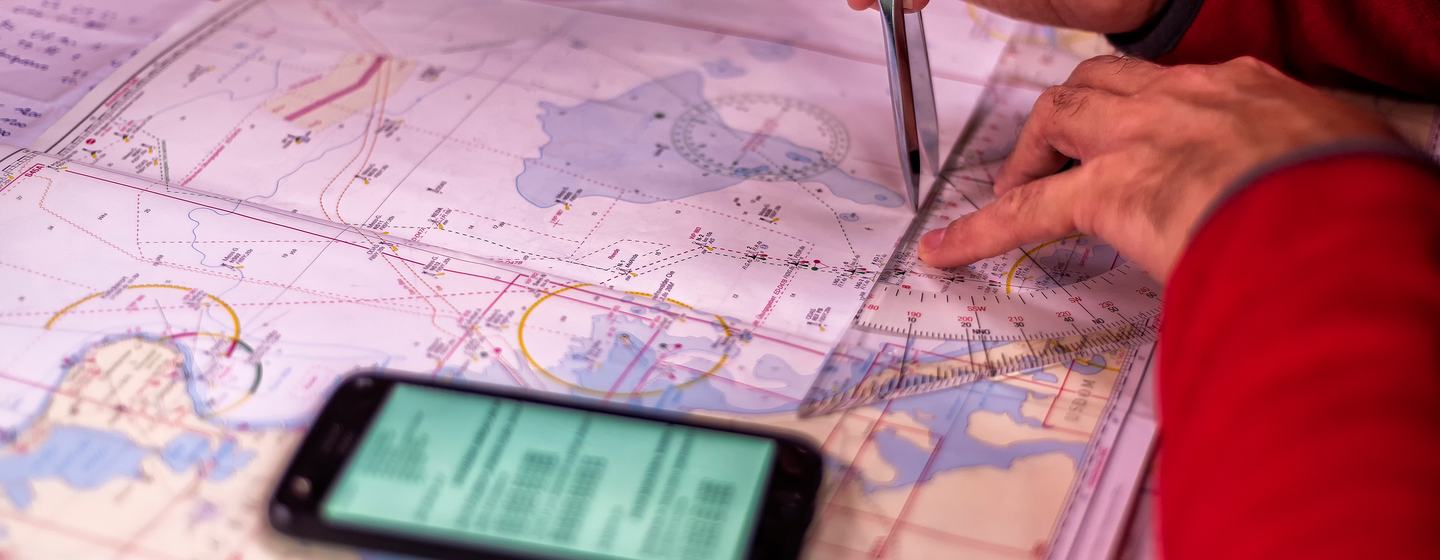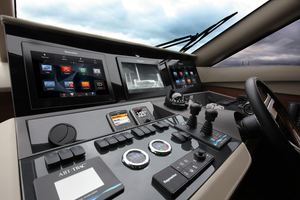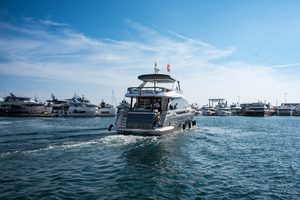YachtBuyer offers an overview of fundamental navigation concepts, covering everything from name and number to passage planning. Join us on a concise journey from biscuits to buoyage.
To enjoy your yacht independently, without a professional skipper onboard, it's essential to acquire navigation skills. Not only does it bring a sense of satisfaction, but it also ensures a secure and pleasurable yachting experience.
The fundamental principles in navigation have remained steadfast since the advent of seafaring. While technology has evolved, where we now have touchscreen technology to help guide us, alongside the traditional paper charts and tools, the core knowledge continues to serve as the bedrock of successful navigation across the seas.
At its core, navigation is all about knowing where you are and where you’re going.
The compass embodies this perfectly—a seemingly simple instrument with an underlying physics that's nothing short of extraordinary. A handheld device is drawn to magnetic north, which could be thousands of miles away from your position, but telling you exactly which way is up.

Who
Navigation is about the yacht on the water: starting right at the basics of understanding the yacht's identity, where it will be heading and what might happen along the way.
Who are you? No, not you, the yacht, for that’s the important information when at sea. Learn the phonetic alphabet so you can state the yacht’s name clearly.
Practice saying the name of the yacht, spelling it phonetically, then confirming the yacht’s name again. Example: “motor yacht Sunshine, I spell - sierra, uniform, november, sierra, hotel, india, november, echo - motor yacht Sunshine”.
There are other elements of ‘who’ that you need to learn, or have handy just in case.
Each yacht has a unique number found on the registration document. It’s referred to as a callsign and it’s a short series of numbers and letters, for example CBJX4. It’s useful to learn but a sign by the radio set will suffice. Again, learn it phonetically to ensure clear communication whilst at sea. “Callsign charlie bravo juliet x-ray four”.

Who? The start of the navigation process. The yacht and it's unique identification details."
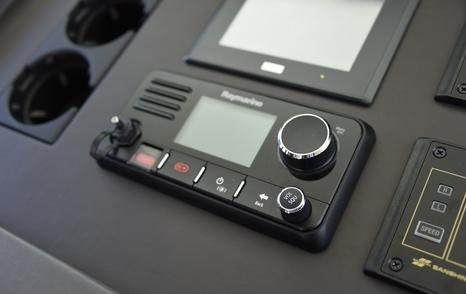
MMSI
Sorry about this but there’s another unique number that’s important to know (add it to the sign alongside your callsign). It’s an MMSI number, which stands for Maritime Mobile Service Identities. This nine-digit number is, effectively, the mobile number of your yacht if fitted with a modern VHF radio set complete with ‘red button’ technology of Digital Selective Calling (DSC).
If you use the radio set in case of an emergency, the ‘mobile number’ of the yacht will show on receiving screens, just like your phone number would.
You will need to say this out loud in case of an emergency so it’s important to have it to hand. State each number individually, for example, if your MMSI number is 235163427, say it out loud as “two, three, five, one, six, three, four, two, seven” not in any other way like “two thirty-five, sixteen, thirty-four, twenty-seven”. Over the radio, this may not be clear and result in being asked to say it again which may take valuable time you don’t have.

Now the maritime world knows who you are, as in the yacht, let the maritime world know who YOU are. Yes, now we mean you: your name and address, the best number to reach you on, your shore contacts, and their numbers. Ensure that all relevant authorities are aware of your ownership of the yacht.
Select a reliable tracking and alerting system, such as RYA's SafeTrx, that you can use to create a voyage plan, receive timely location updates, and trigger automatic alerts to your emergency contacts should you encounter delays. Verify your EPIRB registration details and ensure that your VHF radio set's MMSI is correctly registered to you using the OFCOM database.
The 'who' section also covers who will be onboard during the passage.
- Are there enough crew members for effective operation?
- For overnight journeys, is there sufficient crew to maintain a watch with appropriate rest intervals?
- Are safe manning requirements fulfilled if mandated by the yacht's size?
- Are all crew certificates current and valid?
- Do all individuals have allocated cabins?
- Have life jackets been assigned to everyone, with spares available?
- Is everyone onboard prepared for the potential demands of the trip?
These aspects are important considerations in the 'who' segment of passage planning.
What
In navigation and passage planning, the 'what' involves checking the equipment and resources on board. What systems will you use? If using chart plotters, ensure you have the necessary paper charts. What pilot books and almanacs are onboard - are they up-to-date and relevant to your journey? What datum is your GPS set to? Is it the correct datum for your chart? What backup do you have? Spare batteries for a handheld GPS?
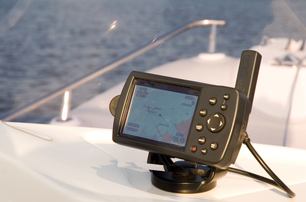
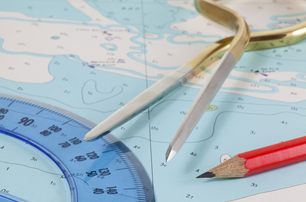
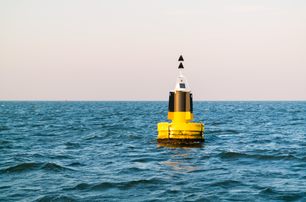
Consider what you might encounter en route. If navigating through busy waterways like traffic separation schemes, what knowledge do you have of the collision regulations as per the International Regulations for the Prevention of Collision at Sea (IRPCS)?
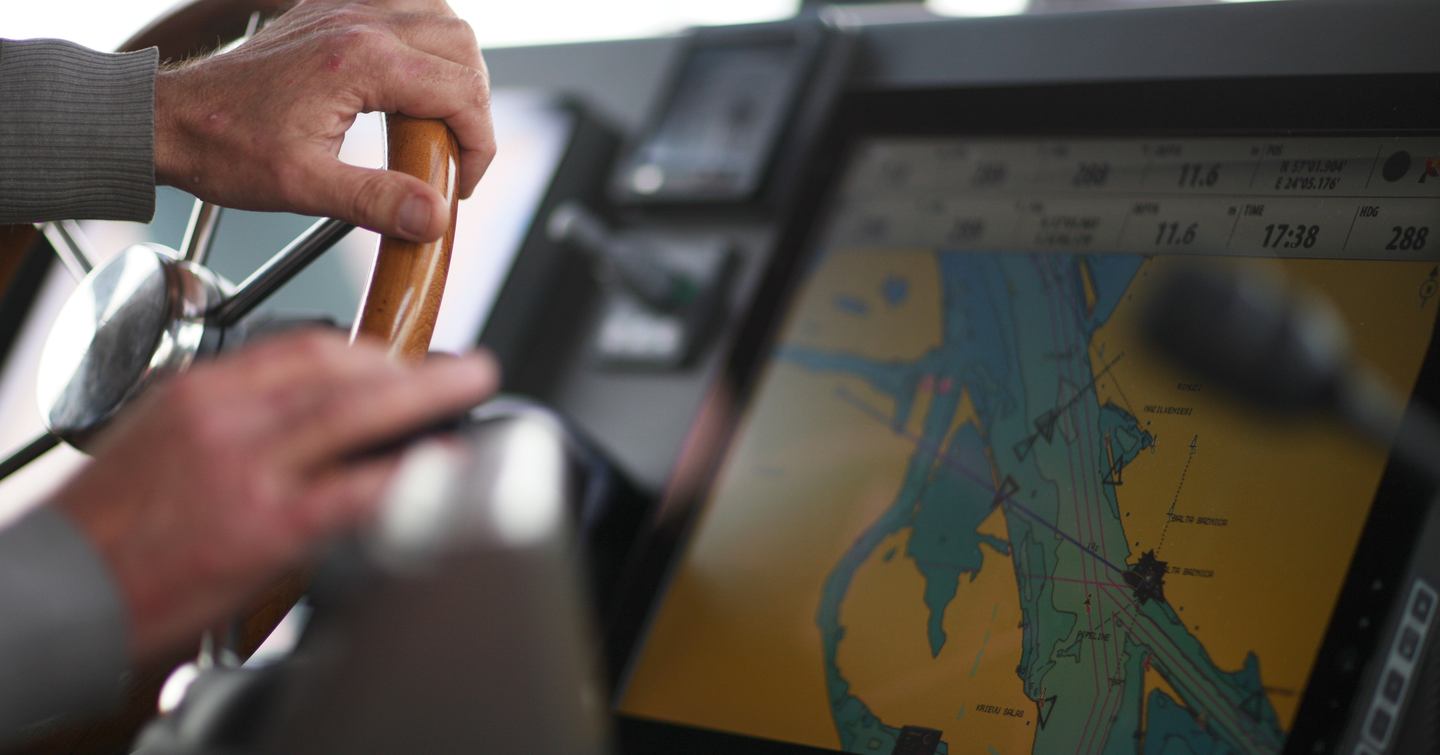
Equipment for navigation
What you'll need onboard:
Bare minimum:
- Paper chart for the area of cruising
- Navigation tools: pair of dividers and plotter
- Almanac and Pilot Book
- GPS set, either fixed or handheld
- Pair of binoculars
Bonus kit:
- Chartplotter
- Radar
- AIS system
Where
Where are you? If you're currently in an unfamiliar harbor, you may need a pilotage plan to enable an easy departure: Begin by referencing the pilot book and make note of any alterations in course that you'll need as you depart. It can be as simple as 'leave the jetty, turn to port to clear the channel then to starboard to see harbor entrance'. It may require a little more detail such as 'avoid the shallow depths at the entrance of channel 4, keep closer to the side of fuel quay; turning to starboard is sharp when you reach the west cardinal buoy to avoid fishing pots'.
Where are you going? Are there any restrictions to your arrival? Some marinas might have lock gates or depth limitations at certain hours relative to high water. Is your route a straight run down the coast, or will you have to navigate headlands? Be aware of areas characterized by heavy marine traffic, such as traffic separation schemes where specific headings must be maintained rather than as 'as you like it' approach.
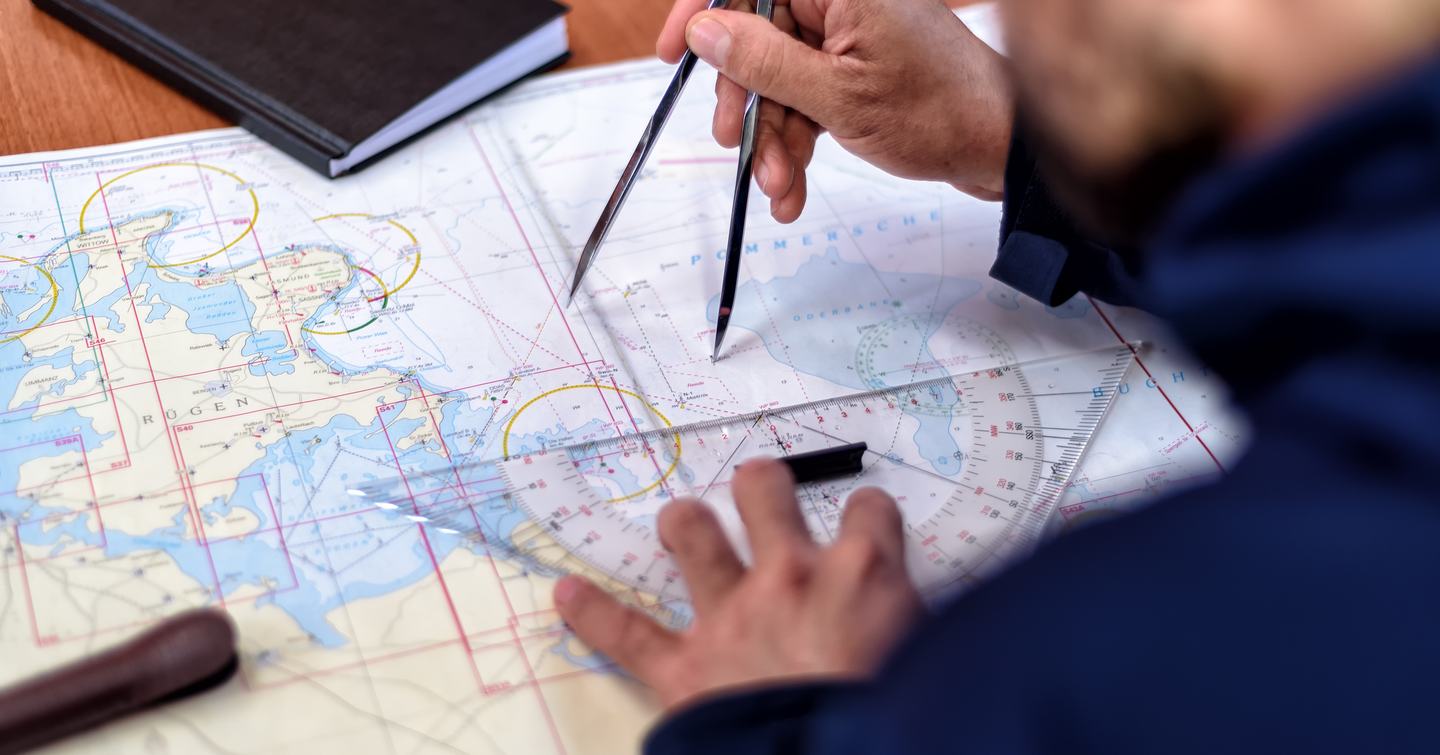
- How long will the trip take at the anticipated speed?
- Will you need to stop en route?
- If there's a medical emergency or technical fault where can you seek safe refuge?
- Are there any navigational features that will help keep you on track? For example, if you expect to clear a headland six hours from departure, then you note the destination should be three hours beyond there.
- If the weather changes, will the planned route remain viable? What's your Plan B?
These are all elements that will form part of a passage and pilotage plan that you will create before you depart.
When
Determining the appropriate departure time will require careful consideration, especially when operating in tidal regions. Assessing the accessibility of your current location to the destination port, including factors such as water depths, is essential. Equally important is considering the desired time of arrival at the unfamiliar harbor, especially if it's preferable to arrive during daylight hours.
If you have a dinner reservation, ensure you arrive in time to properly berth up, tidy the yacht, and provide ample time to get yourselves ready.
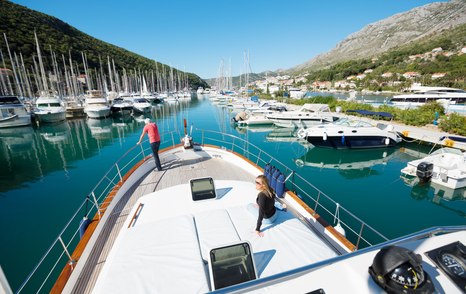
Several factors contribute to the decision of 'when'.
- Weather Conditions: Assess weather forecasts. Departing during a period of favorable weather, with minimal risk of adverse conditions, is ideal.
- Tidal Conditions: Plan your departure time to coincide with favorable tidal conditions.
- Daylight Hours: If the passage involves navigating through unfamiliar or challenging waters, ensuring arrival during daylight hours is advisable.
- Destination Arrangements: Consider any specific requirements at the destination, such as marina hours, and lock gate operations; include personal plans like a dinner reservation.
- Optimal Navigation Conditions: Depart at times when there's likely to be less marine traffic.
Last but certainly not least in the 'when' considerations is the purpose of the passage; let's look at that next.
Why
The purpose of the passage is the 'why'? Possibly the most important of all, otherwise why would the trip take place in the first place?
Understanding the 'why' behind the trip is crucial, as it not only adds meaning to the voyage but also helps in making necessary arrangements and planning the logistics accordingly. From booking a marina berth for the night to booking a taxi, think ahead to secure maximum enjoyment and minimum stress.
Whether the purpose involves meeting friends, celebrating a special occasion, or attending an event like a theater show, acknowledging these intentions enables better coordination of the departure time, ensuring that the journey aligns with the scheduled activities or commitments at the destination.
If the timing of the arrival is intricately tied to the purpose behind the journey, it becomes a central guiding factor in the planning process. On the other hand, if the primary purpose of the passage is purely for leisure and enjoyment, then the focus shifts to fostering a relaxed and pleasurable experience.

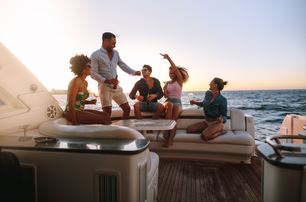

Ultimately, aligning the timing of the passage with its underlying purpose, whether for specific appointments or for sheer leisure, contributes to a well-rounded and enjoyable voyage.
